Before the Vietnam War, the US only used media to show photographs and film of war or give updates from the United States. However, during the war, the US was able to use television to give Americans a first glance at what war is actually like.

Technologies that specifically made this trend possible during the Vietnam War were cheap, high-quality hand-held video cameras and the widespread use of television sets in American homes. This way, conditions on the ground in Vietnam were seen more accurately than in previous wars. Also, during this war, the US Military granted near-complete access for journalists and the press. In all, these factors enabled the suffering and consequences of war to be seen by everyday American citizens.



Furthermore, the reporters in Vietnam were different from those in WWI and WWII, as they took more part in questioning America's contribution to the Vietnam War and the story of the war, rather than just giving viewers vague updates. This war was also different as the Americans weren't always seen winning and doing morally correct things. For example, there was coverage of American troops burning down villages and land belonging to local families in order to potentially deter opposition. Upon viewing the violence in this style of television, the ethics and politics Vietnam War became a very large concern in the eyes of the American people. With this large demand, the content was covered by over 400 correspondents at the peak of the war. Unfortunately, by the end of the war, over 68 journalists were killed.


The media's exposure of the realities of American involvement in Vietnam to American citizens was later partially blamed by the US Government for its failure in Vietnam. Furthermore, it was thought that widespread knowledge of the horrors of combat greatly reduced public support for the war. In past conflicts, American media was skewed and censored to produce a sense of moral responsibility for involvement in the war. However, journalists covering Vietnam were generally critical of the military's actions and their overall intervention. This may be why there are more harsh restrictions on journalists reporting on the US in wars that followed.

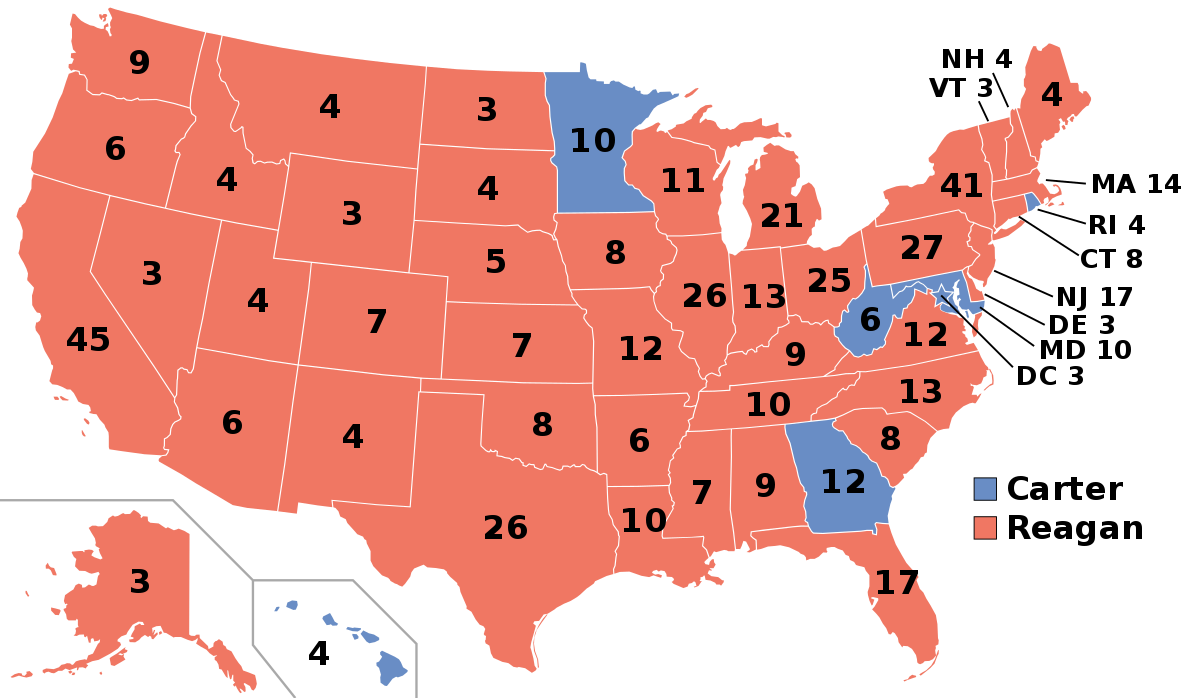



















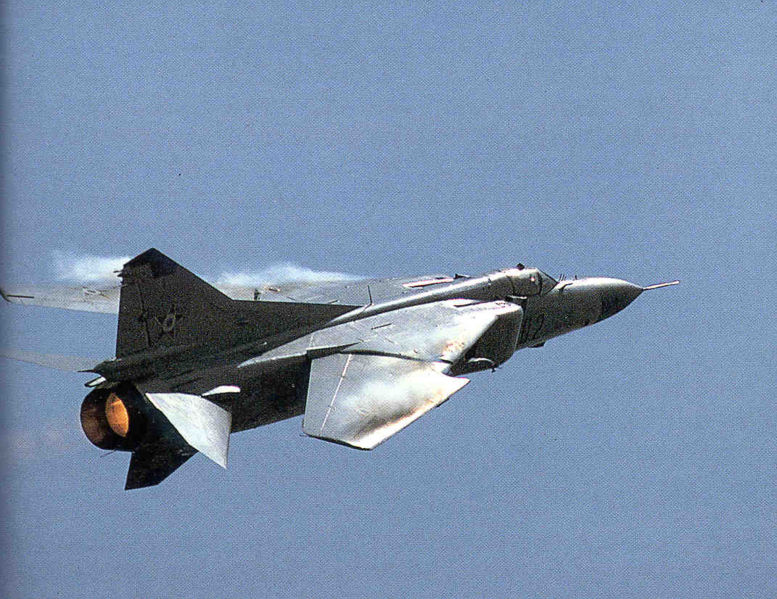


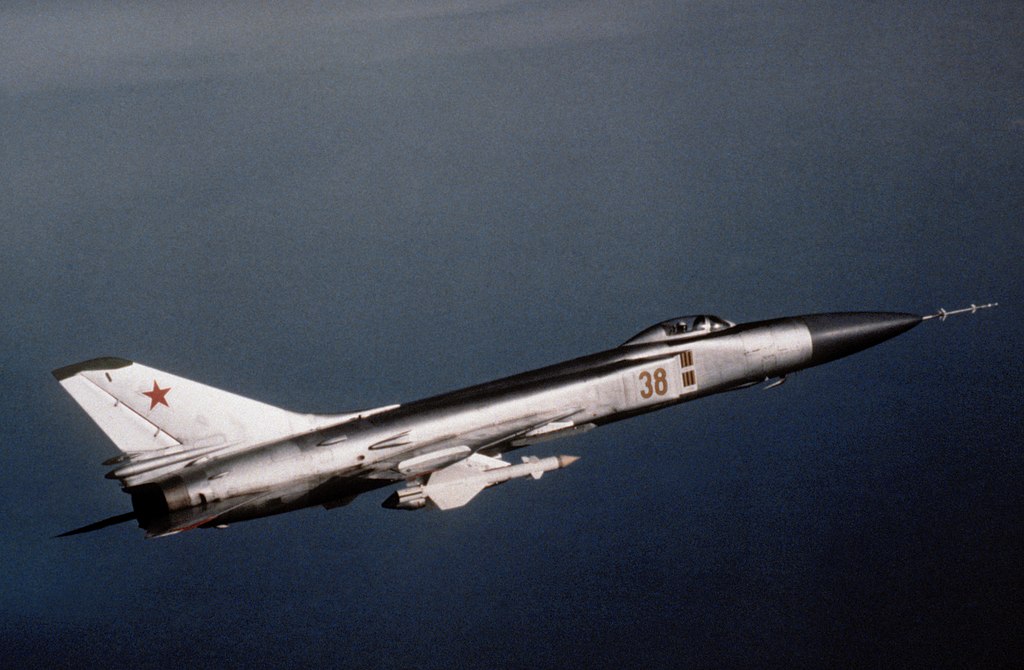



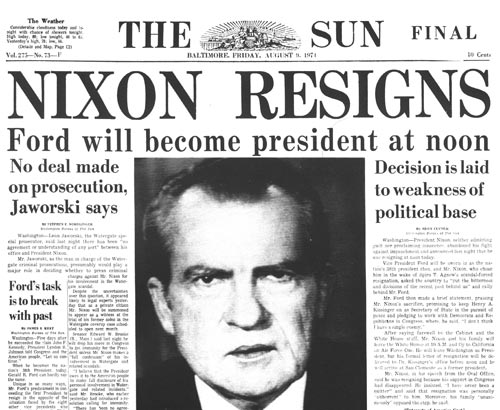
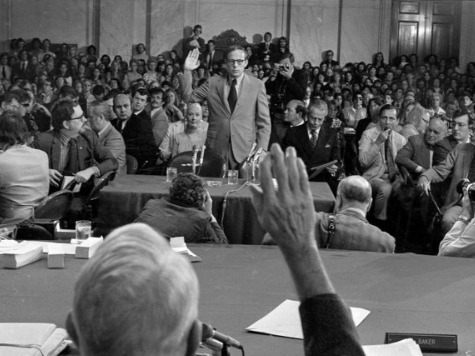





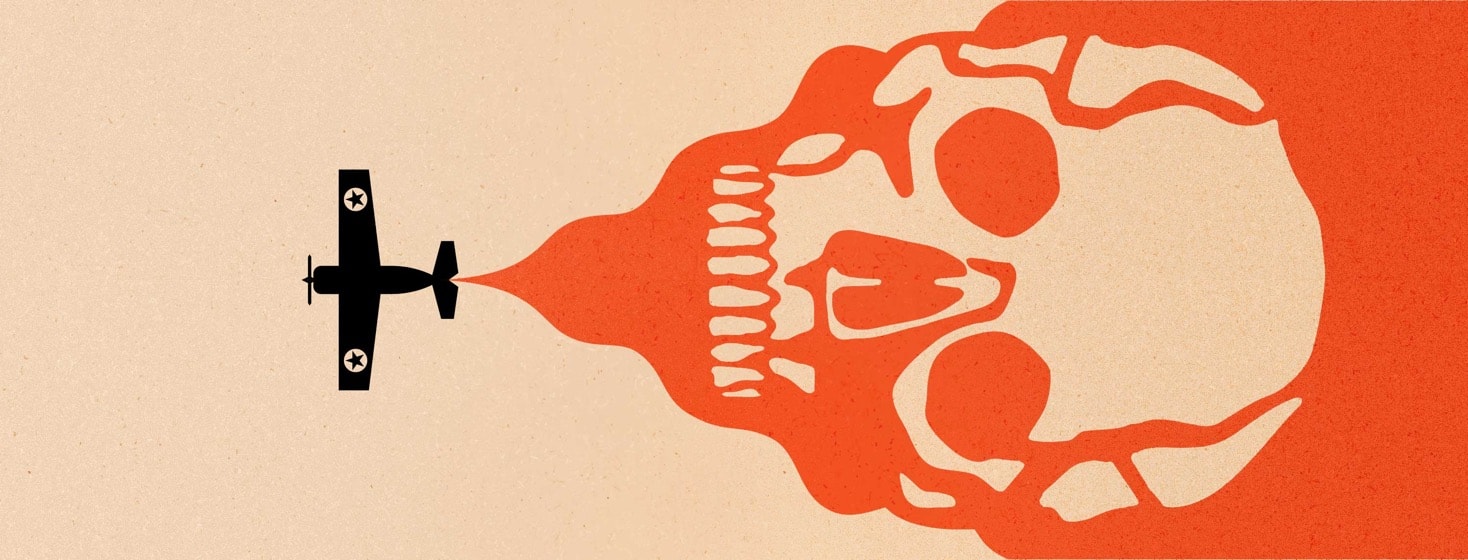
/cdn.vox-cdn.com/uploads/chorus_image/image/59506961/20180419_Watergate_60e.0.jpg)